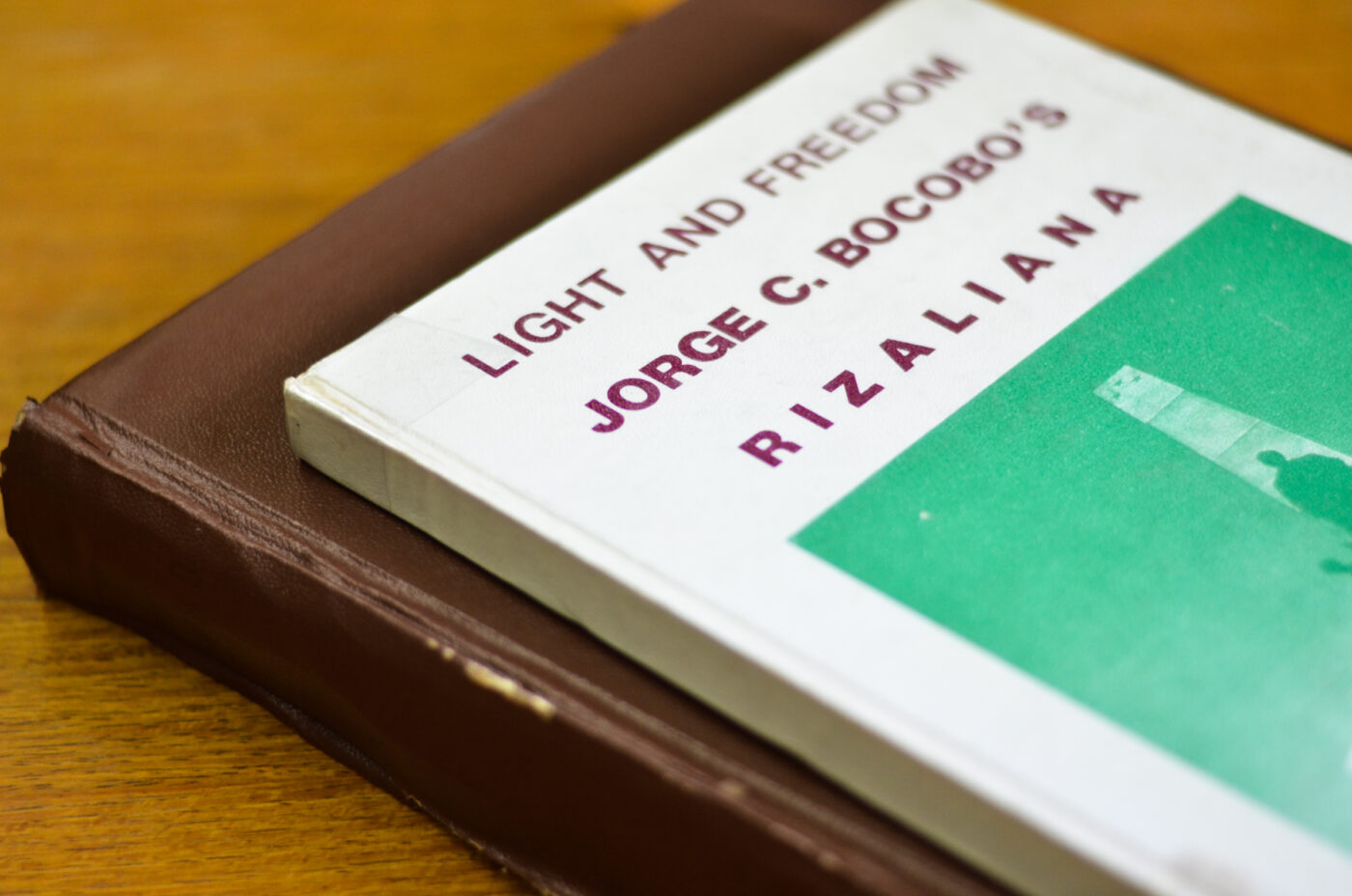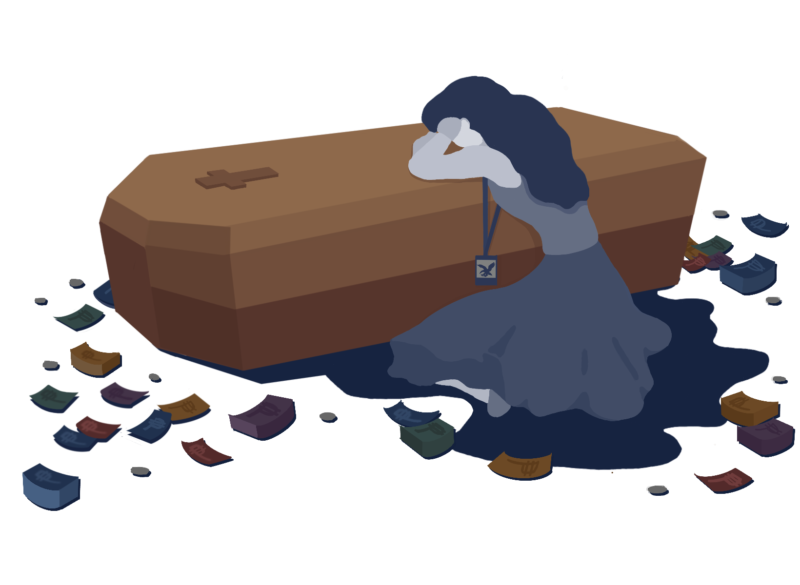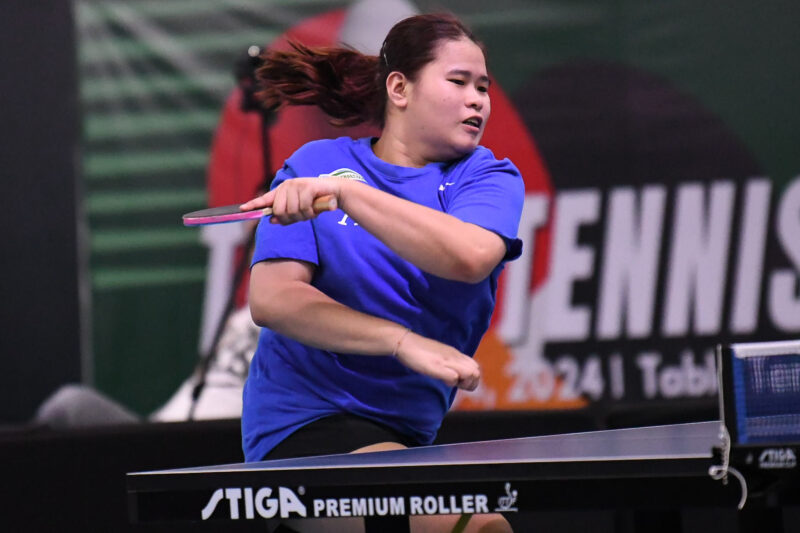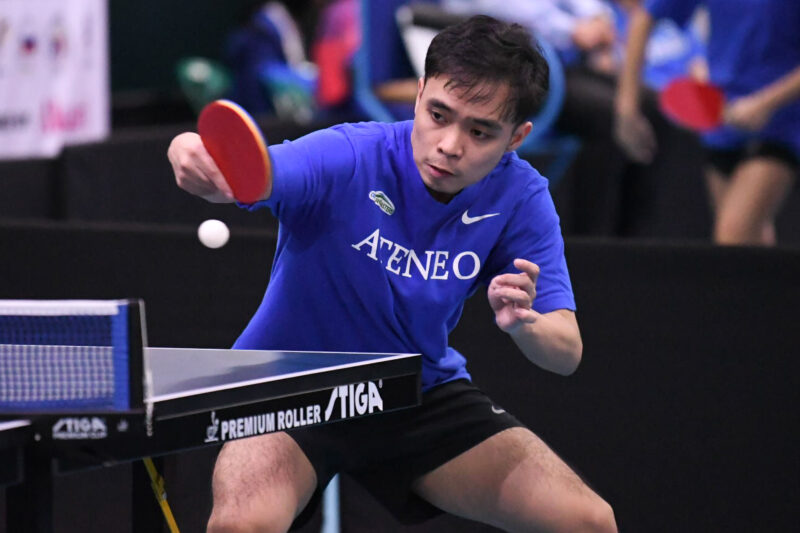On June 12, the Philippines will celebrate the 166th anniversary of its declaration of independence from Spain. Even if this proclamation turned out to be mere rhetoric in the face of the American occupation, it is by no means a mere footnote in our history. In fact, it plays a crucial role in shaping society.
People may perceive this independence as a sign of positive change, but history is a double-edged sword—it can also be associated with social regression and be perceived negatively.
These regressive events are often the source of the problems that currently plague society. Social issues, such as inequality and poverty, are deeply rooted and intertwined with histories. Likewise, a society’s past can shed a light on why these problems came to be and sometimes even repeat themselves.
History often lends its hand in shaping societies and Philippine society is no exception. While it has produced a national identity of colonial cultures, of failed democracy and of many social issues, the scope of its impact is not only limited to identity. History influences even the formation of the identities of smaller institutions and individuals.
Much of this influence happens in the process of formal education. As such, the version of history people learn in school is, in many cases, the version they believe in for the rest of their lives. More often than not, these history classes either overtly or subtly shape the political views of those who take them.
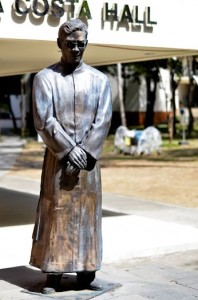
Photo by Alexis A. Casas
A matter of philosophies
Each history class in the Ateneo core curriculum—Asian History (Hi 16), Western History (Hi 18), Rizal and the Emergence of the Philippine Nation (Hi 165) and Philippine History (Hi 166)— focuses on different aspects of history. Hi 165, for example, places a distinct emphasis on viewing history in the perspective of the country’s national hero. In the syllabus of one such class, the class is divided into topics such as “Ang Kasaysayan Ayon kay Rizal (History According to Rizal)” and “Ang Paghagilap ni Rizal sa Prehispanikong Pilipino (Rizal’s Discovery of Pre-Hispanic Filipinos).”
History professors, however, are not required to adhere to a standardized syllabus. As such, the specific topics and grading systems per class can vary and may reflect the professor’s personal beliefs and philosophies.
For instance, Francis Navarro, an assistant professor, focuses his Asian History classes on the work of Asian heroes and relates them back to the country’s own past with the intention of cultivating appreciation for history. By framing his discussions in the modern context, Navarro hopes to dispel the common notion that history is just another subject that needs to be gotten over and done with. More than that, he wants students to become curious—to read and do research on their own. “History is basically about reading,” he says.
In agreement with Navarro’s philosophy in teaching history, David Lozada III, another assistant professor, sees history as something that needs not be dull, but instead, fun and informative. He emphasizes that “history in its purest form is storytelling.”
As both an instructor and storyteller, Lozada makes it a point to tell these stories in the most entertaining and informative fashion possible, while still remaining appropriate for a classroom setting.
Stories, too, are the focus of the philosophy of Jose Tirol, also an assistant professor of the History Department. For him, however, the emphasis is on the role of the ordinary person in shaping the course of history. “There’s the academic discipline,” he quips. “Then there’s our story.”
Another point he stresses in his classes is the responsibility that results from this power to influence history. One particular lesson he taught his classes was the motto “You only die once.”
“Precisely because you only die once, we all have responsibility to do something,” he explains. “Your humanity is defined in how you make other people better, whether be it in small things or big things.”
Lessons of identity
Tirol’s philosophy carries over to the idea of national pride. Although he teaches Hi 18, a Western history class with little direct relation to the Philippines, Tirol still thinks that his classes do promote nationalism.
“I can talk about the parallels with Philippine history,” he says. He points out the instances in Western history when ordinary people took matters into their own hands to change society and connects them to the People Power Revolution of 1986.
“In that sense, you can find a national pride,” he continues. “We are Filipinos, no matter who our leaders are. We Filipinos are able to shape things just like people of other countries do. We don’t need big leaders to make a difference.”
In relation to national pride, Lozada believes that history can be used to debunk foreigners’ stereotypes of Filipinos set in the past. He cites, for example, Jose Rizal’s defense of Filipino culture in his annotations to Antonio de Morga’s Sucesos de las Islas Filipinas (Events in the Philippine Isles). Through the debunking of these stereotypes, Lozada believes that Filipinos will appreciate their culture more and be more proud of who they are.
Lozada goes further by stressing the relationship between love for country and nationalism. “If Filipinos are not proud of who they are, [if] they’re not proud of their country, [if] they’re not proud of their heritage, then there’s no point in even discussing the notion of nationalism,” he says.
Navarro, for his part, relates the national experiences of other countries to ours. For example, the plight of Burmese democracy icon Aung San Suu Kyi highlights our own struggles for the right to elect our leaders.
While Tirol and Lozada emphasize a sense of allegiance to Filipino political ideals, Navarro’s approach is driven a lot more by ethnicity. Compared to Malaysians and Singaporeans, he contends that Filipinos are not extremely proud of their race. “In the 60s, even our own neighbors, the Indonesians and Malaysians, would question our being Asian,” he says. As such, he challenges students to evaluate the basis of our national identity.
Navarro, who also teaches Hi 166, tries to make students appreciate the differences between the Philippine and foreign perspectives of history. “I want to give readings by Filipinos,” he says, “and then counter it with another reading made by a foreigner and to see the comparison, the similarities.”
Nevertheless, Navarro makes it clear that he is not forceful with his ideas. “I still respect the freedom of the student to define what nationalism [is for them] and [encourage] them to go deeper.”
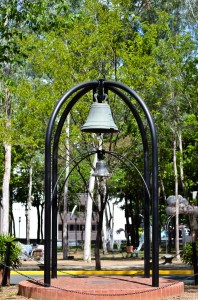
Photo by Alexis A. Casas
Action from past action
Navarro further relates nationalism to a budding social issue in the nation: Minority rights. In his classes, Navarro calls attention to the exclusion of Muslims and indigenous peoples from the dominant historical narrative, a fact he finds troubling given their role in our history.
He also tries to compare social challenges of the present with those of the past in his classes. For example, Navarro speaks of poverty as it was during the Spanish and American times and then uses these past examples to contextualize poverty in the present. He asks his students, “What are we trying to do about it? Are we following the same trend? Have we learned from our past, from history?”
At the same time, Navarro believes that history classes should help build political consciousness. He thinks that people can be inspired by the likes of Jose Rizal and Apolinario Mabini. Mabini, he says, impressed both the Spanish and Americans with his nuanced political philosophy—proof that Filipinos, too, are capable of sophisticated intellectual engagement.
He also encourages his students to read up and find stories to better appreciate the present. For example, in the aftermath of the failure of the Sanggunian elections, he told his students about his life during the Martial Law to remind them how the political freedoms now taken for granted was nonexistent just forty years ago.
Tirol, on the other hand, hopes that his classes teach his students to engage in social action as an application of the philosophy he espouses. He uses his experiences of the Second People Power as an example. “Instead of teaching my regular class, I gave a twenty-minute lecture [on] why they should be up there in the EDSA and not just be inside the classroom,” he recalls.
Other examples that he uses are the experiences of genocide in history. “Genocides will recur because one, people don’t think it happens often and two, it will recur because people don’t think that it’s their problem,” he explains. “Many of the mistakes of history, I tell my students, are precisely because of students who say, ‘It’s not my problem.’”
Lozada wishes that his students learn to challenge existing stereotypes and beliefs. He cites the Nine-Dash Line, China’s basis for occupying territories in the West Philippine Sea, as one claim that must be contested both legally and historically. Without any meaningful challenge, for him, questionable claims and stereotypes become unquestionable truths in the eyes of society.
Point of influence
Despite the differences in teaching styles, one thing is made certain by the three professors: The study of history plays a definitive part in defining nationalism and social involvement.
It is undeniable that somehow, these professors have left their marks in the lives of more than a few students. “I was happy with the results of last semester,” says Navarro. “I was happy.”
Not all students do come to appreciate the history classes in the curriculum, however. “Teachers aren’t messiahs; I’ve learned that over the years,” admits Tirol. Nevertheless, he still tries the best he can, armed with his stories and passion.
He tells the story of the boy and the starfish, where the boy tries, in vain, to return all the starfish washed up on the shore to the sea. “It still matters to the starfish. Never mind if the others will dry up or be sent back, but the point is I was able to help some.”

